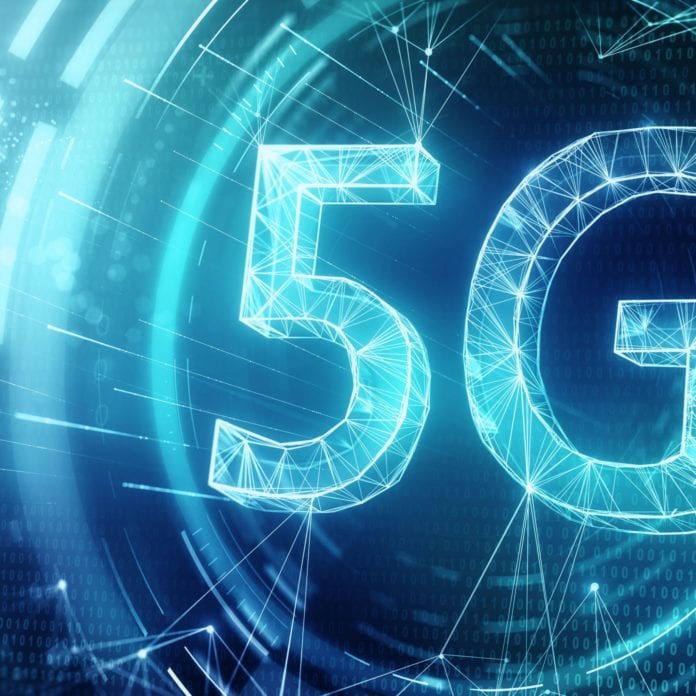5G is touted as the connectivity fabric that will fundamentally reshape our collective future. Consumers will benefit from ubiquitous, high-quality connectivity capable of serving up applications that were previously impossible. Enterprises will realize new levels of productivity and efficiency as real-time data analysis and artificial intelligence drive constant process improvement.
But getting to this future requires much more than just upgrading existing networks. Operators need a cohesive roadmap for moving to a virtualized, software-defined infrastructure. Operational excellence will be hinged on OSS/BSS transformation to take advantage of automation and real-time data analysis.
From the range of frequencies and band combinations to the mix of connected devices, we’ve established that 5G will be complex. Further, as operators invest in cloud-native systems and replace proprietary hardware for general-purpose equipment running specialized software, we’ve established that 5G is dynamic. This dynamic, high-powered network, when coupled with distributed compute power, can be used to enable a whole new generation of revenue-generating enterprise and consumer services. But what about the business and operational support systems that allow operators to contextualize, manage, meter, rate, bill and collect revenue from these services?
Based on 2018 research, TM Forum reckoned that 72% of communications service providers believed 5G monetization requires BSS and OSS transformation. In the white paper “Analysis and strategy to capture the 5G mobile opportunity,” co-authored by Dell Technologies and Intel, the authors say OSS/BSS “must be simplified, work across multiple component providers and have a degree of autonomy not currently found. Additionally, it must understand and react not just on infrastructure KPIs but on end user experiences and SLAs.”
That last bit about “user experiences” is key–5G is envisioned as enabling all sorts of new network experiences like mobile virtual and augmented reality, self-driving vehicles, remote healthcare and more. For there to be meaningful adoption of these new types of services, operators must be able to flexibly monitor various data consumption profiles in real-time and ensure quality of service and quality of experience. They must simultaneously have the flexibility to correctly charge for these new connected services in a way that fits with broader revenues goals and 5G monetization strategy. The ability to constantly monitor and react to customer-centric data, operators can improve customer experience thereby creating brand loyalty, cross-sell opportunities and churn reduction.
According to research firm Global Market Insights, the BSS/OSS market is set to see a 7% compound annual growth rate to 2024, reaching a $50 billion market opportunity. The researchers see an accelerated growth rate for cloud-based OSS/BSS systems because “intense competition, cost pressure, and demand for innovative services are forcing CSPs to adopt alternative delivery models. Cloud computing significantly reduces the software and hardware requirements of networks and platforms. Cloud allows the operators to provide an infrastructure on demand and scale computing capacity accordingly.”
Ericsson’s Michael Fireman, director of product management, provided a nice analogy in a recent blog post, saying 5G and the use cases it enables require BSS to go “from being a back-office system to becoming a real-time system, part of the service delivery instead of a silent bystander…To be able to monetize 5G/IoT, a modern operator will focus on business agility, partner/consumer experience, and efficient business operation.”

